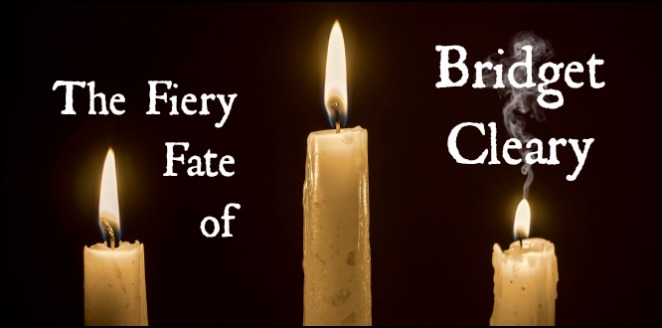
In the late 19th century, the issue of “Home Rule” – Ireland’s desire for independence from the United Kingdom – was a subject of intense political debate. For decades, Irish nationalists had been seeking autonomy from the UK, to whose rule Ireland had been subject since 1801. Yet while the argument over Irish sovereignty was loudest in London, where Parliament held the Emerald Isle’s future in its hands, it was a small Irish village that made headlines as the scene of a grisly crime that called into question the ability of Ireland’s citizens to govern themselves and achieve the independence so many of them sought.
In March of 1895, 26-year-old Bridget Cleary had been married to her husband, Michael, for almost eight years. The couple had no children, though they did care for Bridget’s widowed father, Patrick Boland, who lived with them in a cottage in the County Tipperary community of Clonmel. Michael worked as a cooper – a barrel maker – while Bridget brought in money by making dresses and hats. Professional endeavors were unusual among married women in 19th-century Ireland, so her vocation established Bridget as an independent-minded woman whose nonconformity, some believe, may have played a role in the events that ultimately led to her death.
When Bridget fell ill in March 1895, the Clearys’ cottage became the setting of a vigil attended by Bridget’s family members and neighbors. Michael Cleary believed that the ailing woman wasn’t, in fact, his wife, but rather a changeling left behind by fairies who had kidnapped the real Bridget and taken her to a ringfort – an earthen structure said to be inhabited by mythical creatures – on the outskirts of town. According to Michael, once the changeling was cast out, the real Bridget would return. Therefore, the people who filled the Clearys’ home performed various rituals while Bridget’s family members threw urine on her and force-fed her herbs, all in an attempt to get rid of the changeling and bring back their missing loved one.
After several days of what must have been a horrific ordeal, Bridget Cleary disappeared. Michael Cleary claimed that this meant the “changeling Bridget” had returned to the ringfort, but Bridget’s actual fate became apparent when her charred body was found on March 22. Authorities arrested nine men – including Bridget’s husband and father – and in August 1895 they went on trial, some of them for “wounding” Bridget and some for murdering her. The story came out that as part of his continuing efforts to cast out the changeling that had allegedly replaced his wife, Michael Cleary had threatened Bridget with a piece of burning wood. When her undergarment caught fire, Michael threw lamp oil on her and prevented anyone in the house from helping the burning woman, insisting that the fire would bring back the “real Bridget.” When that didn’t happen, her body was buried in a shallow grave.
Ultimately, Cleary was convicted of manslaughter and served 15 years in prison. Upon his release in 1910, he moved first to Liverpool, then to Montreal. Other family members received shorter sentences for the “wounding” charge.
The events that took place in Clonmel in March 1895 raised concerns in the minds of many people in the United Kingdom about what they considered to be the primitive nature of the Irish citizenry. How could people be allowed to rule themselves when their beliefs in mythical fairies had led to a very real and gruesome death? However, it should be noted that doubts have been raised as to whether Michael Cleary believed that fairies had, in fact, kidnapped his wife. Though he insisted that this was the reason for his actions and that he had intended only to ensure the safe return of Bridget, some students of the case believe that Michael actually felt threatened by his wife’s independence (or by rumors that Bridget was having an extramarital affair) and used her sickness as a convenient excuse to end their marriage in the most horrifying way possible. Though some of the villagers who attended Bridget in her hour of need may have truly believed that they were saving her from the clutches of fairies, the man who had pledged fidelity to his wife and who held the greatest responsibility for protecting her may have used a “fairy excuse” to cover up the real reason for his lethal actions – distrust, shame, and hatred.
Leave a Reply